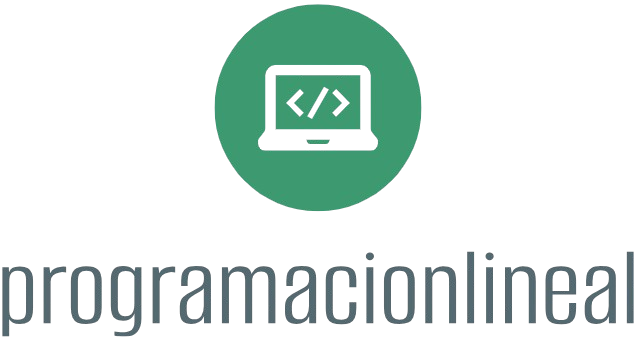Writing code for cross-platform compatibility is essential in today’s development environment, where applications need to run on various operating systems, devices, and environments without extensive rewrites. Here’s a detailed guide on how to achieve cross-platform compatibility in your coding practices:
- Choose the Right Programming Language
Some languages are inherently more cross-platform friendly. Consider using languages that support cross-platform development, such as:
– Java: The Java Virtual Machine (JVM) enables code to run on any system with a JVM installed.
– JavaScript: As web technologies progress, JavaScript can run in browsers across platforms and can also be used in server environments (e.g., Node.js).
– Python: Known for its simplicity and a large standard library, Python can run on various platforms with minimal changes.
– C#: With .NET Core and Mono, C# can operate on Windows, macOS, and Linux.
- Use Cross-Platform Frameworks
Consider using frameworks and libraries designed to simplify cross-platform development:
– React Native: For mobile app development that allows you to write once and deploy on both iOS and Android.
– Flutter: A UI toolkit from Google for building natively compiled applications for mobile, web, and desktop from a single codebase.
– Xamarin: A Microsoft framework that allows C# developers to create mobile apps for iOS and Android.
– Electron: For building cross-platform desktop apps using web technologies (JavaScript, HTML, CSS).
- Abstract Platform-Specific Code
When building applications, it’s often necessary to handle platform-specific features (like file paths, system calls, etc.). To maintain cross-platform compatibility, abstract these functionalities:
– Use Interfaces: Define interfaces that encapsulate platform-specific functionality, then implement platform-specific versions of these interfaces.
– Dependency Injection: Inject the correct implementation at runtime, allowing you to switch between different platform-specific classes seamlessly.
- Handle File Paths and OS Variations
Avoid hard-coding file paths; instead, use platform-agnostic methods for handling file paths:
– Use Platform-Independent APIs: Many programming languages provide APIs to handle file paths correctly based on the current operating system.
For example, in Python:
“`python
import os
file_path = os.path.join(“folder”, “file.txt”)
“`
– Avoid OS-Specific Features: Refrain from using features that are unique to one operating system when possible. For example, avoid directly accessing the Windows registry and prefer universal libraries.
- Use Version Control and CI/CD Tools
Version control systems like Git, combined with continuous integration (CI) and continuous deployment (CD) tools, can help ensure that code remains compatible across platforms:
– Automated Testing: Set up tests that run across different environments to catch platform-specific issues early.
– Build Pipelines: Use CI/CD tools to automatically build and test your applications in different environments. Tools like Travis CI, GitHub Actions, and CircleCI are great for this purpose.
- Testing on Multiple Platforms
Ensure your application is tested across different platforms and devices:
– Virtual Machines: Use VMs or containers (such as Docker) to replicate different environments.
– Cross-Browser Testing: Use tools like BrowserStack or Sauce Labs to test web applications across different web browsers and operating systems.
- External Dependencies and Libraries
Be careful when including third-party libraries:
– Prefer Cross-Platform Libraries: When possible, use libraries known for their cross-platform compatibility.
– Review Documentation: Check the documentation of libraries and frameworks for their platform compatibility before integration.
- User Interface Guidelines
When developing UI applications, adhere to the following:
– Follow Platform Guidelines: Use native UI components of each platform for a better user experience. For example, use Material Design for Android and Human Interface Guidelines for iOS.
– Responsive Design: If developing web applications, ensure the UI is responsive to work well on various screen sizes and devices.
- Include Feature Flags and Configurations
Implement feature flags or configuration files that allow you to enable or disable features based on the platform:
– Conditional Compilation/Execution: Use code constructs that enable or disable parts of the code based on the detected platform (e.g., preprocessor directives in C/C++).
Example in Python for Platform-Specific Code
Here’s an example of how you might use platform checks in Python:
“`python
import platform
import os
def get_temp_file():
if platform.system() == “Windows”:
return os.path.join(os.getenv(‘TEMP’), ‘mytempfile.txt’)
else:
return os.path.join(os.getenv(‘TMPDIR’, ‘/tmp’), ‘mytempfile.txt’)
“`
Conclusion
By following these guidelines, you can write code that runs smoothly across multiple platforms. Prioritize cross-platform tools and libraries, abstract platform-specific functionality, and conduct thorough testing to enhance compatibility. As the landscape of software development continues to evolve, staying engaged with community best practices and tools will further facilitate effective cross-platform development.











